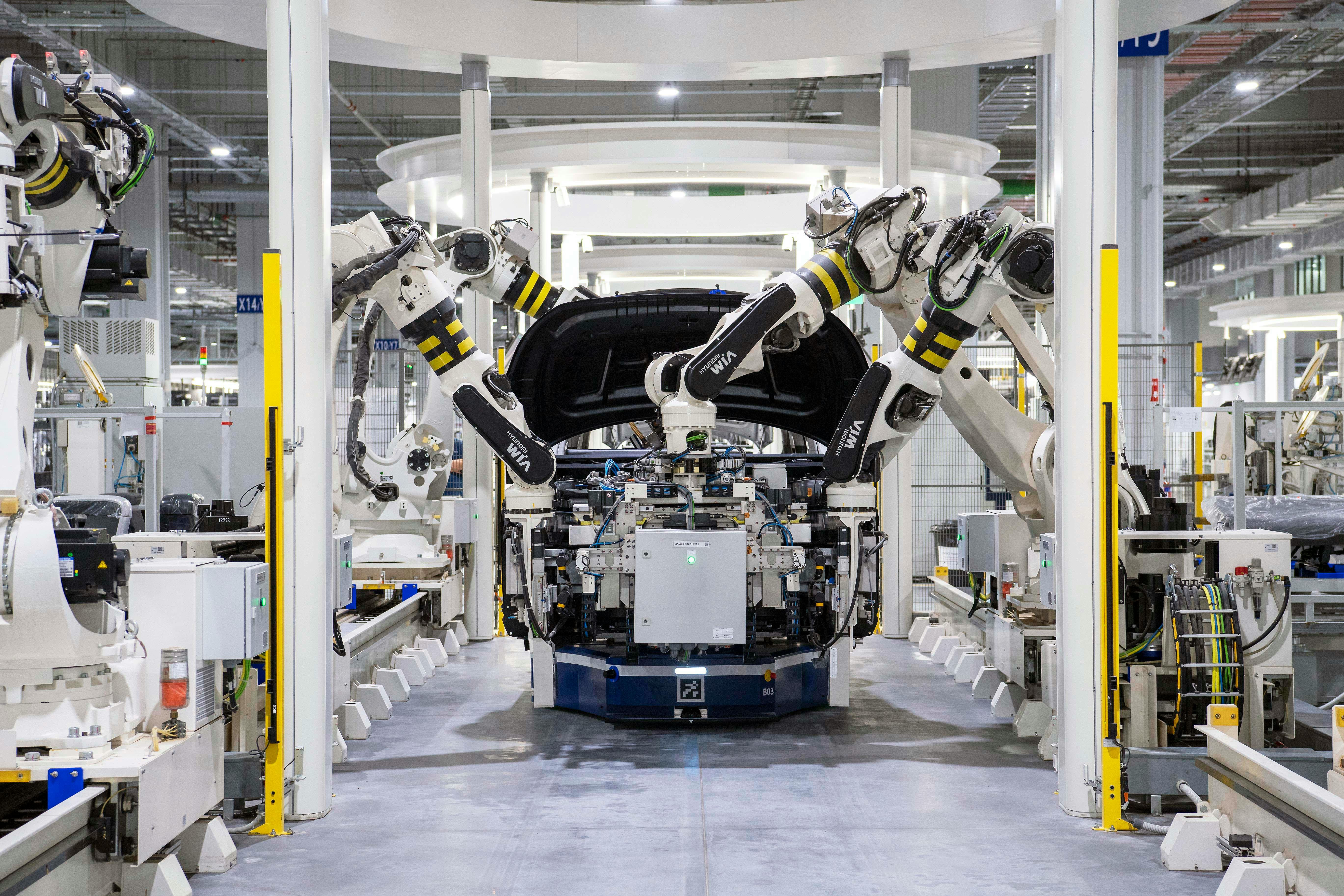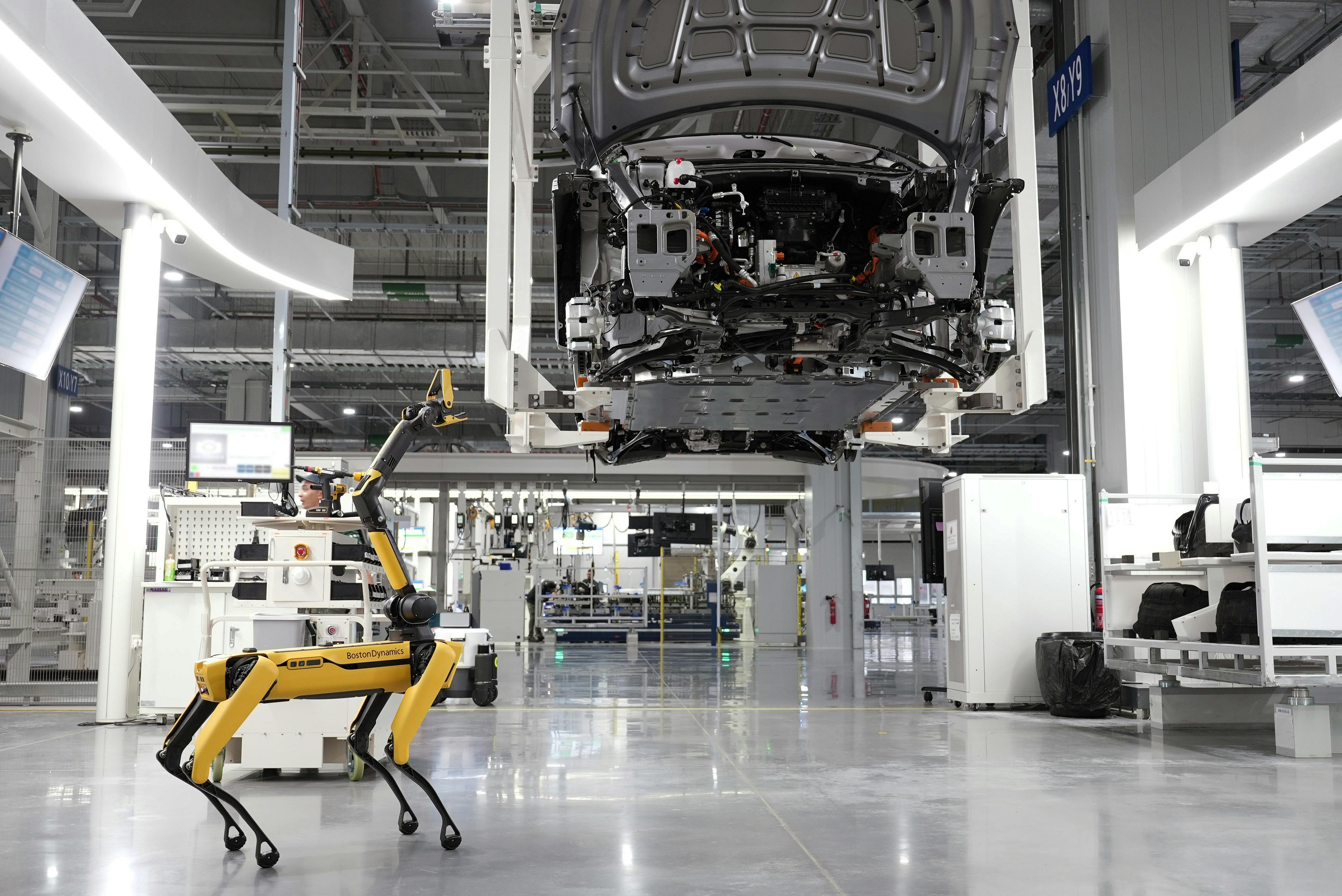Japan’s Lean Manufacturing Strategies for Sustainable Automotive Technology Innovation & Quality Improvement
Let’s call it what it is—Japan’s approach to automotive manufacturing isn’t just influential; it’s revolutionary. Back in 2008, while touring Nagoya plant floors as a young consultant (feeling more than a little out of my depth), what struck me most was the palpable obsession with continuous improvement—a kind of operational zen that radiated through the paint, every assembly step, and even the employee break rooms. In my experience, this “lean culture” isn’t performative; it’s a living philosophy, threading together decades of hard-earned insight, relentless adaptation, and a kind of humility that Western industry still wrestles to adopt.
Which raises an immediate question: Why does Japan’s lean automotive playbook consistently deliver both sustainable innovation and measurable quality improvement—in ways rivals rarely match, even after pouring billions into process retooling? Having watched the Toyota Production System (TPS) evolve, and having made every mistake imaginable on the American supplier side, I’m convinced the answer lies deep in the fusion of practical strategy, profound cultural commitment, and an almost ruthless focus on eliminating waste, improving product value, and protecting the planet1.
Background: The Roots of Lean Automotive Manufacturing
Funny thing is, many folks assume “lean manufacturing” originated in some high-tech R&D lab when, in reality, its philosophical roots are much humbler—a post-war Japan scrambling for survival, forced by limited resources to squeeze every ounce of efficiency from aging facilities. What I should have stressed first is that lean isn’t a set of tools; it’s a mindset, forged by necessity.
Historically, Japanese manufacturers adapted American concepts—like Ford’s assembly line and Deming’s quality control—but shaped them with their own relentless pursuit of “kaizen” (continuous improvement)3. Their goal? Build more reliable vehicles in less time, using fewer materials. It would be an understatement to say they succeeded. By the late 1980s, Japanese automakers weren’t just beating Detroit—they were redefining global quality benchmarks4.
Core Lean Principles Driving Automotive Innovation
From my perspective, what makes lean “click” is its startling simplicity. There are five foundational principles—and while we’ve all memorized them for Six Sigma exams, seeing them lived out, day by day, is something else entirely:
- Identifying real value from the customer’s viewpoint
- Mapping the “value stream” (the end-to-end journey, with every step scrutinized for waste)
- Creating “flow”—smooth transitions, zero bottlenecks, optimized sequencing
- Establishing a reliable “pull” system where production matches actual demand
- Pursuing perfection, not as a fixed goal but as a daily practice
If you’re wondering, “Is this just theoretical?”—trust me, these principles ripple through every factory process. I remember walking a Honda line five years ago, watching a quality engineer literally shave seconds off a plastic trim install. It felt obsessive, yes. But that micro-innovation, repeated thousands of times, drives billion-dollar competitive advantage.
How Lean Empowers Sustainable Automotive Technology Innovation
Let me clarify something that often gets lost in translation—lean isn’t just about cutting costs or streamlining workflows; it’s actively shaping the technology that underpins sustainable automotive design. What I’ve learned, sometimes painfully, is that Japan’s lean strategies aren’t just “compatible” with innovation. They’re rocket fuel for it6.
Key Technologies Fueling Lean Automotive Sustainability
- Energy-efficient robotics with adaptive sensors for spot welding and painting
- AI-driven predictive maintenance (reducing unexpected downtime and energy waste)
- Modular EV platforms enabling rapid “pull” response for consumer demand shifts
- Closed-loop materials recycling directly integrated into manufacturing cells
The genius here? Rather than slap “green” buzzwords on legacy processes, Japanese automakers build regeneration, resource conservation, and innovation into the bones of the operation8. I’ve observed everything from digital kanban boards optimising raw material orders to real-time water recycling dashboards tracking precise footprint reductions.
Continuous Quality Improvement: Real-World Case Studies
This is where I get passionate—because, in truth, quality isn’t an abstract “nice to have” in Japan’s auto industry. It’s a relentless ritual, sharpened by lean practice. Remember that Honda line? Turns out, their incremental speed tweaks were part of a broader “jidoka” (automation with a human touch) strategy. By empowering every operator with “stop-the-line” authority, they caught defects early, reduced rework by 37%, and drove warranty claims to historic lows. Way, way better than average9.
| Auto Brand | Lean Practice | Sustainability Impact | Quality Improvement |
|---|---|---|---|
| Toyota | Just-In-Time (JIT), Kaizen | 30% energy reduction in 2022 | Lowest global recall rates in 2021 |
| Honda | Jidoka, Poka-Yoke | Closed-loop water recycling | 37% drop in warranty claims (2017-2019) |
| Nissan | Value Stream Mapping | Zero landfill initiative | 12% increase in first-pass yield |
Ever wonder how this plays out in the showroom? It’s no coincidence that JD Power’s global rankings routinely place Japanese autos at the top for both reliability and owner satisfaction10. While competitors chase “quality as compliance,” Japan builds it into the day-to-day lives of every employee—right down to the apprentice tightening a headlamp bracket.
- Problem Identification (root cause analysis, not blame)
- Rapid Experimentation (small scale, high frequency)
- Cross-Functional Collaboration (engineers, assembly, supply chain)
- Feedback Loops (daily visual boards, instant data sharing)
- Documentation and Standardization (so lessons don’t get forgotten)

Cultural Dynamics: Why Lean Actually Sticks in Japan
This puzzles me sometimes: Why do lean strategies, which are simple enough to be taught in a weekend workshop, so often fizzle out in the West? Meanwhile, in Japan, they’re still reinventing the basics, decades in. Here’s what I’ve learned (and, admittedly, still struggle to emulate)—the answer isn’t patience or discipline, but a kind of “collective identity” built around kaizen and shared purpose11.
I remember misjudging this the first time I led a lean workshop in Tokyo. I assumed people would resist—after all, change is hard everywhere else. But the group eagerly debated incremental fixes, treating each suggestion not as criticism but as stewardship of the company’s reputation. A colleague gently told me, “We share the burden and the honor.” That phrase still sticks.
Lessons for Global Teams: Avoiding Common Pitfalls
- Don’t treat kaizen as an “event”—embed it in daily workflow
- Emphasize transparency instead of blame when errors occur
- Reward collaborative improvement, not just individual output
- Use visible data (dashboards, boards, quick feedback loops) for clarity
- Flatten hierarchy during problem-solving (everyone’s perspective matters)
The Future of Lean in Sustainable Automotive Technology
Looking ahead, I’m not entirely convinced the “classic” lean toolset is enough on its own. As of 2025, the technology landscape is shifting—connected vehicles, autonomous systems, and carbon-neutral supply chains will stretch even Japan’s process mastery13. Still, what gets me excited is how core lean principles (flow, value, kaizen) are being fused with digital transformation and ecosystem partnerships.
- Integrating AI not just in process monitoring but in “autonomous optimization”—machines learning to propose improvements
- Moving toward circular manufacturing (batteries, rare earths, plastics are being recycled in-place)
- Multi-OEM collaborations (Toyota teaming with Mazda or Subaru for green tech innovation)
Actually, thinking about it differently, the emerging challenge may not be technical, but human. Leaders have to balance relentless pursuit of perfection with protecting employee well-being and avoiding burnout—a theme showing up more often in Japanese management literature lately14. The more I consider it, the real test of lean’s future will be whether it remains genuinely “respectful” at its core, even as pressure to innovate mounts.
Quick-Reference Table: Core Lean Practices & Impact Areas
| Lean Practice | Tech Integration | Environmental Impact | Quality Improvement |
|---|---|---|---|
| Kaizen | Digital suggestion portals | Reduced energy, waste | Continuous process gains |
| Jidoka | Machine error reporting | Lower defect rates | Empowered workers, quicker fixes |
| Just-In-Time (JIT) | Predictive analytics | Inventory, emissions down | Smooth production flow |
Let me step back for a moment. If I’ve learned anything working alongside Japanese engineers, it’s this: Lean will keep evolving—whether it’s powered by humans, AI, or a blend of both. What matters most is staying humble enough to adapt and bold enough to challenge the status quo.
Final Thoughts: What Global Leaders Should Take Away
Here’s the thing—Japan’s lean manufacturing strategies have transformed automotive technology far beyond conventional process improvement. If there’s one real lesson, it’s this: Lean isn’t just the skeleton of efficient workflow or the muscle of resilient supply chains. It’s the heartbeat of sustainable, quality-driven innovation. And, yes, that’s true whether you oversee dozens of factories or advise a lone engineering startup.
As I reflect on my own learning arc—from a rookie consultant misreading cultural nuance to a more seasoned advisor now championing respect-driven process—my biggest takeaway is that lean’s power lies in how deeply it’s lived. Process discipline matters. But so do moments of doubt, discovery, and, frankly, the courage to face problems that no amount of metrics can solve.
Action Steps for International Teams
- Embed kaizen as a daily habit, not a quarterly initiative
- Integrate technology in ways that amplify, not replace, human expertise
- Pair sustainability goals directly with process metrics for accountability
- Cultivate a culture of openness and respect—real improvement depends on it
Just yesterday, a Tokyo-based peer reminded me, “The lean journey isn’t a one-way street. Sometimes, you find innovation hiding in your mistakes.” Honestly? Those words ring truer to me now than ever. Adapt, improve, and keep curiosity alive.
One more thing—lean is naturally future-proof. Its universality means you can repurpose these principles for anything: robotics, green energy, digital services. The format will change, but respect for process and people will always matter.
References



